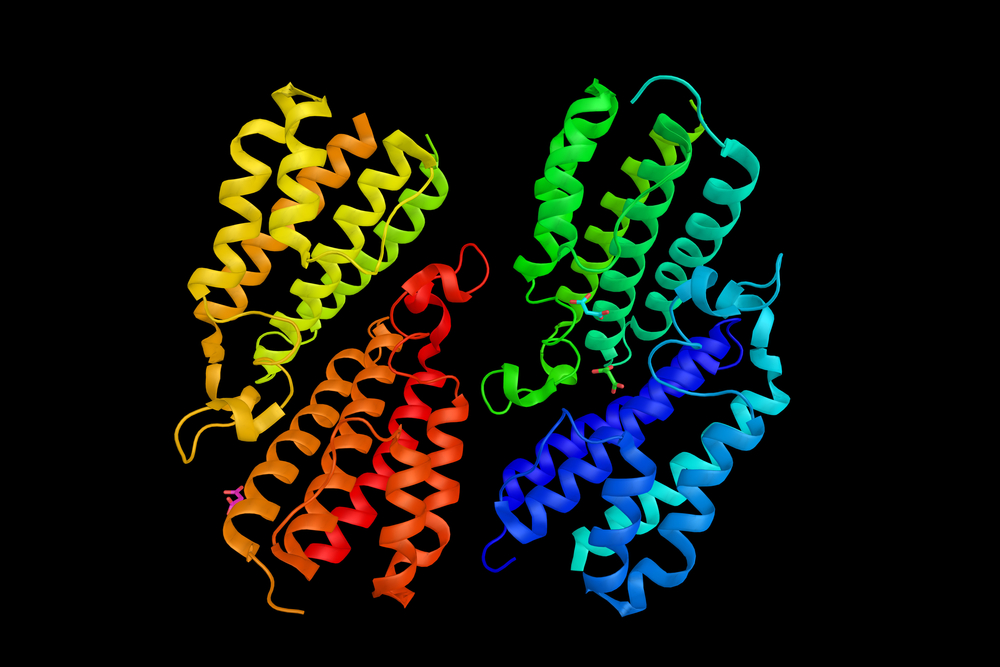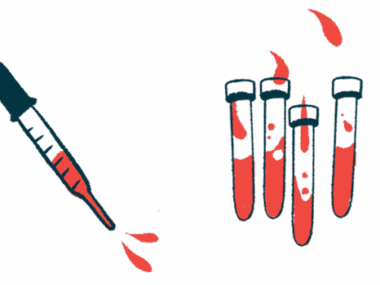Computer Simulation Identifies Treatments More Likely to Correct GBA Transport in Gaucher Patients, Study Says
Written by |

A computer simulation — examining how some therapies interact with the two most common β-glucocerebrosidase (GBA) mutated forms in Gaucher disease — identified NN-DNJ and ambroxol as the most active treatments for correcting the 3D structure of the GBA protein, and helping it reach its correct location, a study has found.
The study, “A comparative computational approach toward pharmacological chaperones (NN-DNJ and ambroxol) on N370S and L444P mutations causing Gaucher’s disease,” was published in Advances in Protein Chemistry and Structural Biology.
Of the more than 400 mutations associated with Gaucher disease, two of the most common are N370S and L444P. Yet, the changes these mutations cause in the GBA protein are relatively minor, so the protein can still function.
However, these mutations cause the GBA protein to fold irregularly, which interferes with how it is transported into its rightful place, ultimately leading to the GBA protein being prematurely destroyed by the cell’s recycling machinery.
Because the issue in patients with these mutations is related to transport rather than function, protein chaperone therapy (PCT) — in which molecular chaperones are used to help get the GBA protein where it’s supposed to go — has emerged as an alternative to enzyme replacement therapy, which has a number of drawbacks, including possible allergic reactions and high cost.
Knowing how agents used for PCT bind to the GBA protein, and to specific mutants, can help ensure that the most effective treatments are used for given mutations. Thus, the researchers used computer simulations to examine how 5 candidate PCT molecules bound to normal GBA protein, and to proteins with the N370S or L444P mutations.
The five molecules included Zavesca (miglustat) and Cerdelga (eliglustat), which are two substrate reduction therapies approved for Gaucher disease that also work as chaperones; isofagomine and NN-DNJ, which are approved for Gaucher, but have been used experimentally; and ambroxol, which is usually used for respiratory illness but is undergoing clinical trials for Gaucher disease (NCT01463215).
Using a combination of algorithms and modeling approaches, the researchers determined that all 5 compounds had comparable likelihood for drug use. They determined that ambroxol showed the best binding for all three tested versions of the GBA protein (normal, and with N370S or L444P mutations). They also found that NN-DNJ showed better affinity for GBA with the N370S mutation.
“This computational study provides a platform to identify the relationship between pharmacological chaperones and the GBA protein on a structural and functional level,” the investigators wrote, adding that further research will help ensure the best treatment option is given to Gaucher disease patients with specific genetic mutations.



